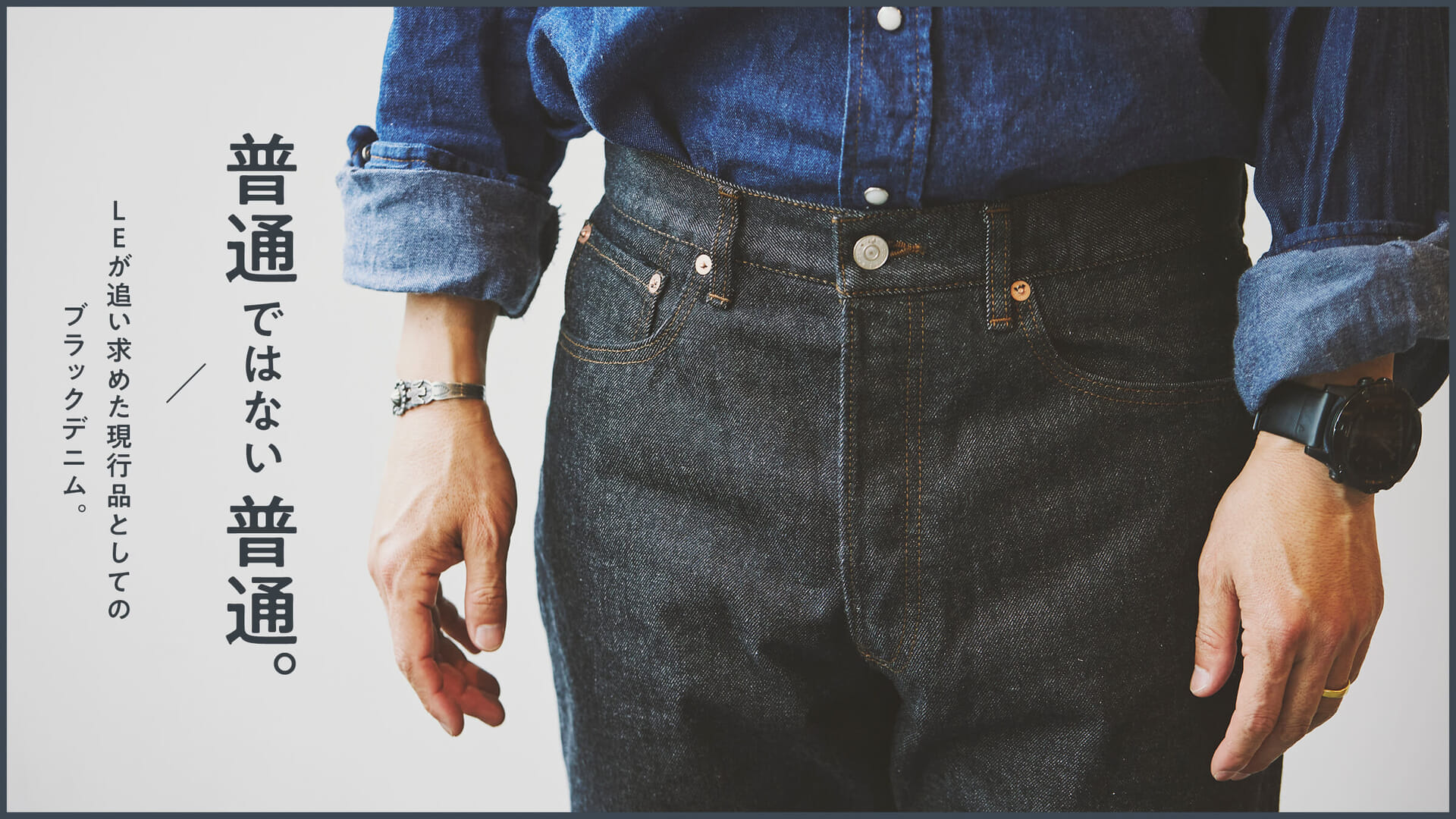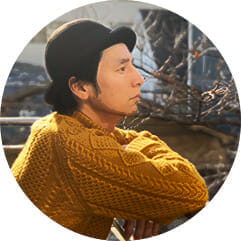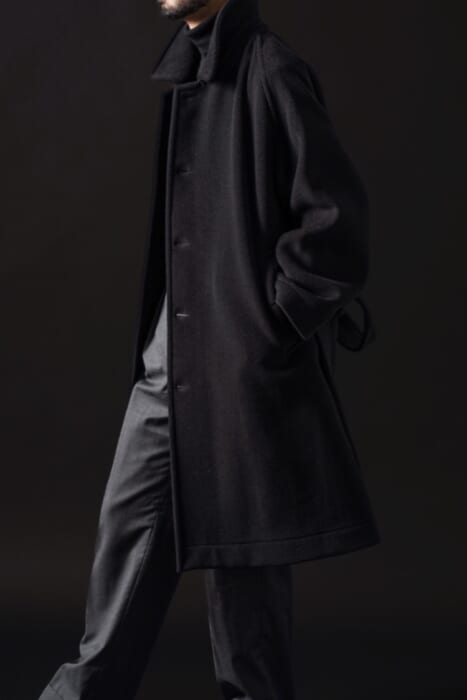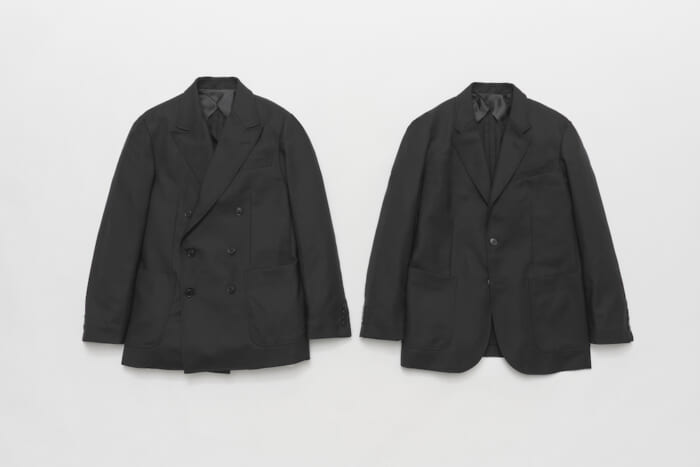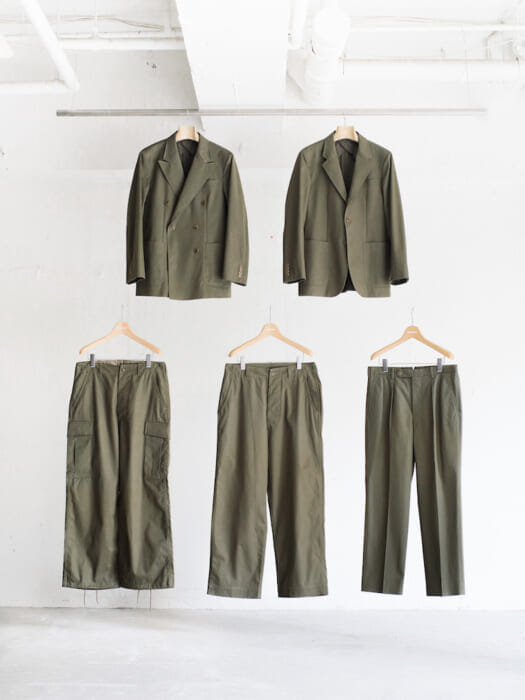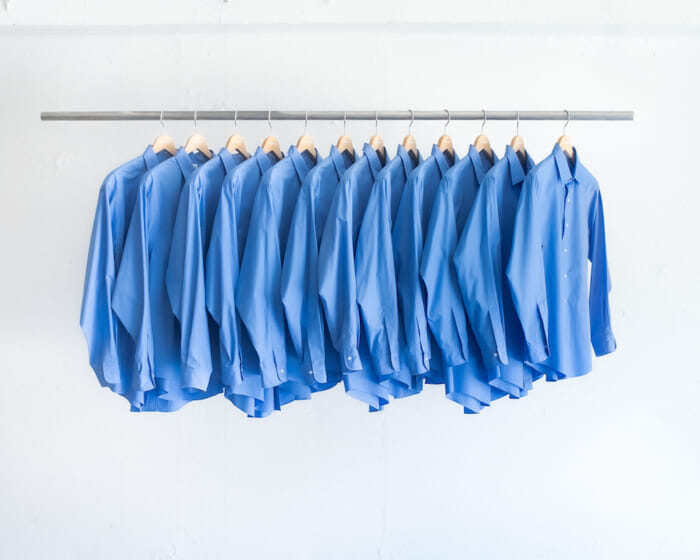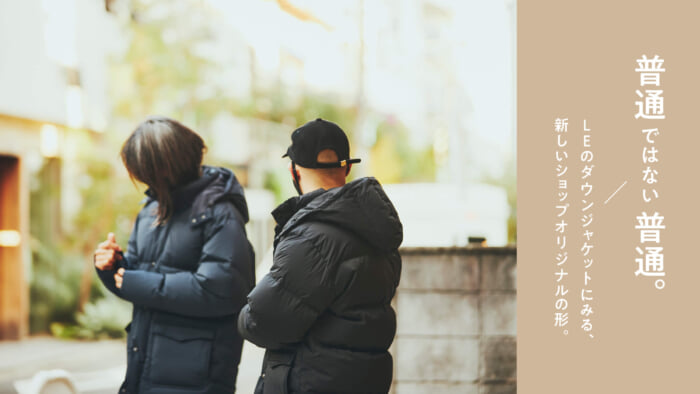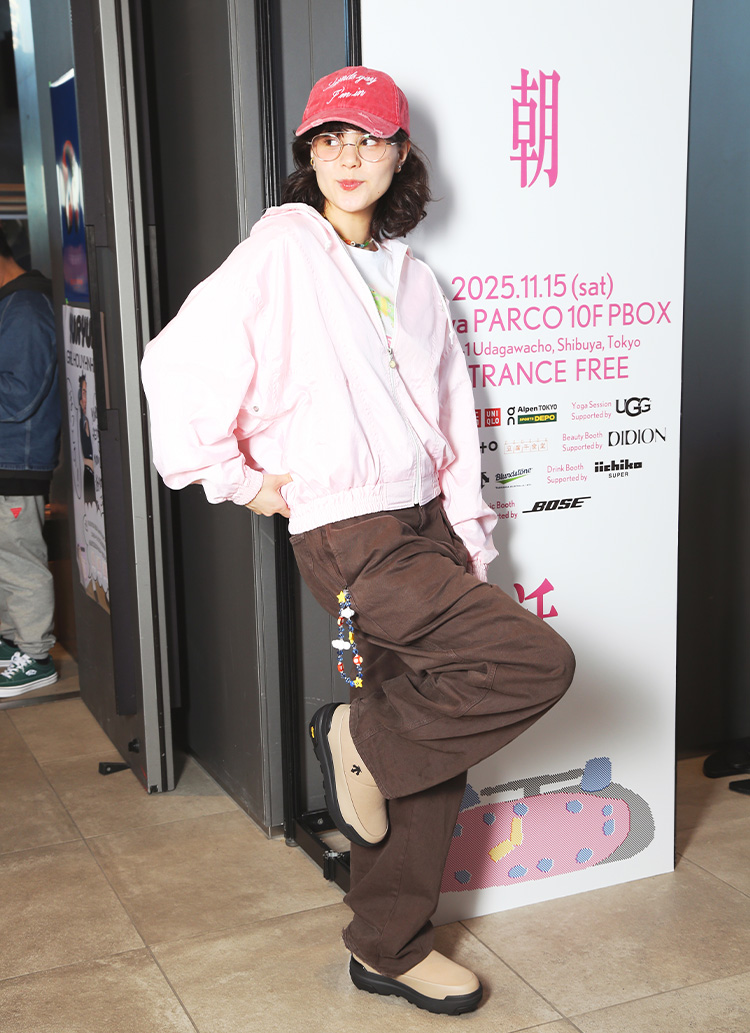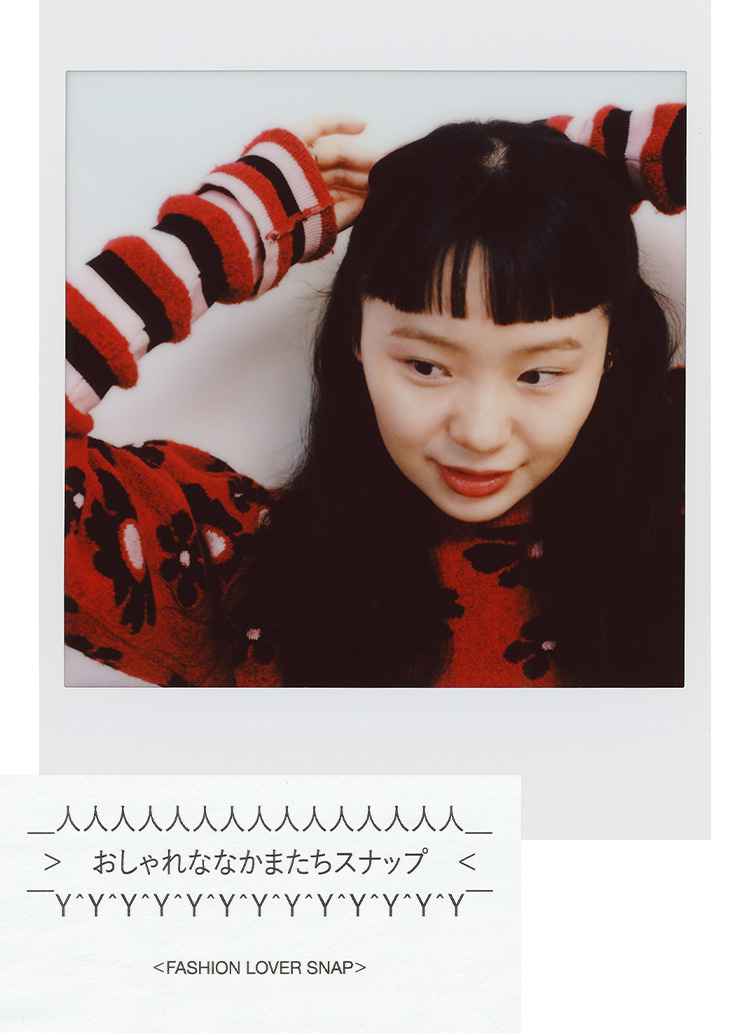Initially, things did not go well at all, and I was reminded that business as usual was not good enough.
We started with making the fabric from the thread, and then what kind of communication took place?
Yazumi:We consulted with a fabric store in Okayama called "Japan Blue" and had them come all the way to Tokyo to discuss fabrics with everyone. Nowadays, I think people often ask for comfort, such as stretchy, thin, or soft fabrics. But what we were aiming for was a tough, thick fabric of 13.5oz or 14oz.
What was your ideal for the thickness and texture of the fabric?

Kaneko:The 501s we brought today are exactly the same. However, the color has already faded, but we did not have dead stock on hand, so we discussed this based on our memories of worn-out black denim and the black denim we used to wear in the old days. Black denim was sold in one-washed rather than rigid denim, and we checked the details such as the unique fluffiness of new denim as we made these items.

Yazumi:I am relieved that the fluff came out properly.
Komori:Normally, I try to keep these scabs out.
What will the size range be?
Yazumi:We make them in one-inch increments from 28 to 34 inches, and we also made 36-inch ones this time.
You have created it in great detail.
Kaneko:To be honest, the people at the company don't like it because it is risky to be so detailed, but it would be a waste if they can't wear the right size when we have gone to the trouble of making two fits and giving them a choice. I think it is important to wear the size that fits you best.

The fabric looks a little bluish. Is it because of the way the light hits it?
Kaneko:I think that's part of it. At first, the color was more blue. The weft is white, so I think that makes the black color look a little lighter.
Do you think that as you wear them, they will become less furry, and will they turn into the color of the 501s you mentioned earlier?
Kaneko:Our hope is that it will become so (laughs). (Laughs) You won't know until you try them on. The dyeing method is the same, so I think the base will be similar, but each person has his or her own way of changing over time, so I want them to grow in a good way.
Yazumi:At first, the plan was to have the stitches sewn at a factory in China, wasn't it? At that time, both Kaneko and Komori were discussing the schedule with the people at the company, and I was a little nervous that if I voiced my opinion, it might interfere with the delivery date. As it turned out, the company could not sew in China because of Corona, so we decided to do it at the factory in Okayama, where we have always been indebted to the company.
Kaneko:That ultimately led to quality, didn't it?
Yazumi:From there, we were able to do more and more, and our obsession began to explode (laughs). (Laughs) I began to be particular about names and paper patches.


The production background of "Stabilizer Jeans" was very good, wasn't it?
Kaneko:As a buyer, I had seen many brands making products, and I had underestimated how easy it would be to make good products. But it didn't work out at all. I knew I needed a professional in that field. I realized that it was not enough to do things the same way as usual. I had to redesign the paper patches many times, and I also went through a lot of trial and error with the names.
I see that you also made a bag and a hat from the same fabric this time.

LE〉Denim Hat ¥13,000+TAX, Tote Bag ¥5,900+TAX
Kaneko:That's right. Levi's® also makes bags and accessories in denim, but they seem to be made in a different production background than jeans. That's why we dared to change the factory and asked an accessory shop to make our products. We wanted to create a kind of souvenir feel.


